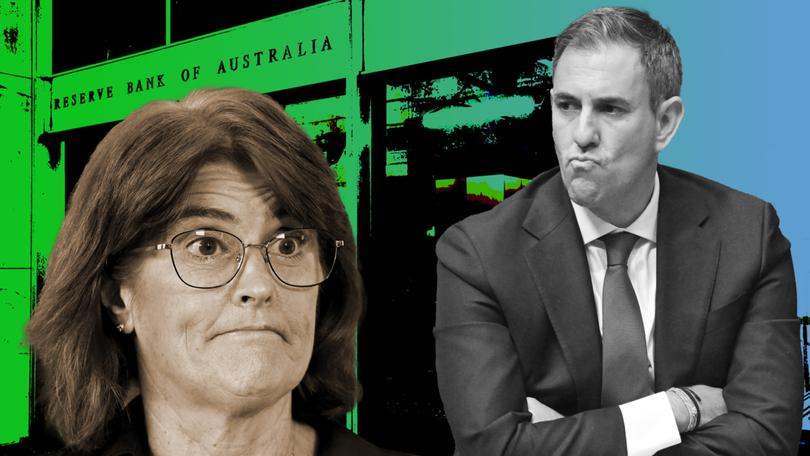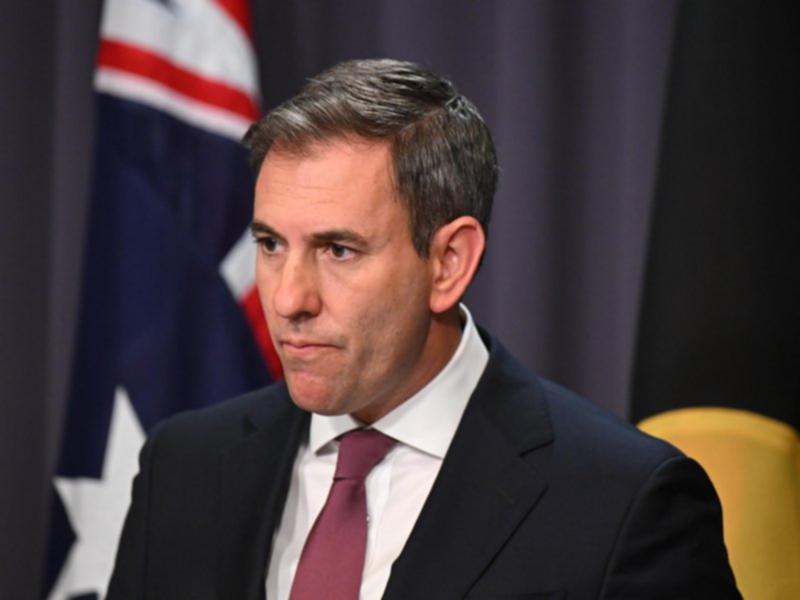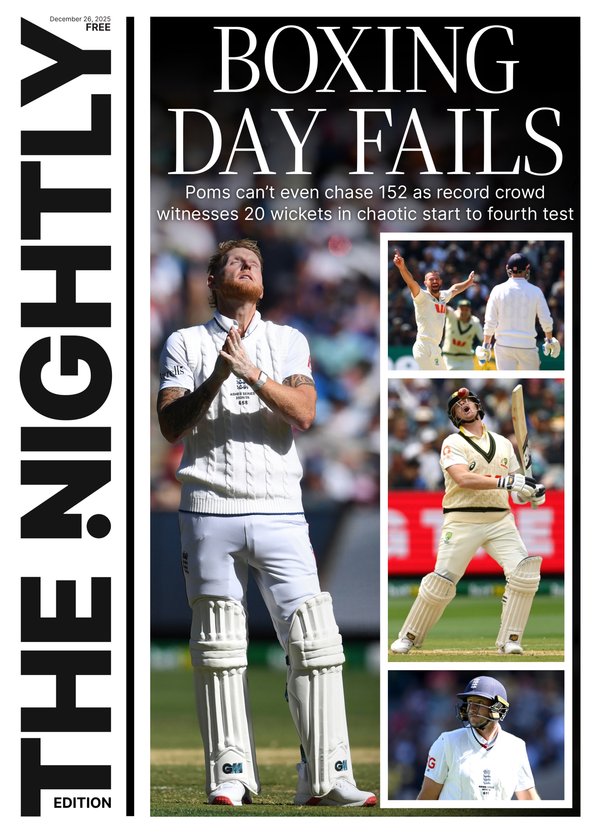Reserve Bank interest rates: Nervous wait in Canberra and for borrowers as economists say cut not certain

Experts warn an interest rate cut is not a done deal on Tuesday as millions of Australians pray for mortgage relief at the Reserve Bank’s first board meeting of the year.
The RBA’s call will also be crucial heading into the Federal Election — due by May — with Prime Minister Anthony Albanese and Opposition Leader Peter Dutton setting their economic narratives on the cost-of-living crisis.
Markets have ramped up betting that the RBA will make its first downward move since late 2020, and traders predict a 90 per cent chance of a cut.
Sign up to The Nightly's newsletters.
Get the first look at the digital newspaper, curated daily stories and breaking headlines delivered to your inbox.
By continuing you agree to our Terms and Privacy Policy.Those hopes were boosted after core inflation slowed to 3.2 per cent in December, the slowest pace since 2021.
The RBA wants to be confident core inflation — which strips out volatility — is headed back into the 2 to 3 per cent target band before cutting, and the lower-than-expected result boosted the likelihood of relief.
Big bank Westpac also moved to downgrade inflation forecasts for this year.
But the RBA will need to consider the strong jobs market, with unemployment at 4 per cent, and the risk that an early cut will restart price rises before easing the pressure on borrowers.
The United States was spooked by rebounding inflation in January and experts have warned prices will also get hotter in the United Kingdom.
Both would serve as a warning to Australia.
Judo Bank chief economic advisor Warren Hogan — long an advocate that the RBA should wait — warned it was too early to reduce interest rates.
“We expect the RBA to hold, with the accompanying statement and commentary from the Governor at the press conference proving a largely neutral tone,” he said.
“The flow of new data continues to suggest it is too early to cut rates.
“New lending data, and consumer and business confidence survey data released last week highlight the improvement in the economy in early 2025.”
Saxo investment strategist Charu Chanana said the RBA does not need to be aggressive about cutting.
Slowing inflation in the December quarter had prompted expectations of relief, Ms Chanana said.
Yet the jobs market remained “quite strong” and the RBA would keep a cautious tone, she said.
But the big four banks have been united in predicting a rate cut at the meeting,
Westpac predicts headline inflation could fall as low as 1.7 per cent by June.

Treasurer Jim Chalmers spruiked inflation downgrades by Westpac and other big banks as a “demonstration of the progress that has been made”.
“When we came to office, inflation was higher than six per cent and rising. Now it is in the bottom half of the Reserve Bank’s target band, underlying inflation is in the low threes,” he said.
“A lot of other countries have had to pay for progress on inflation with much higher unemployment and we’ve been able to do better than that at as a country — and so that’s been my focus, not the polls.”
Dr Chalmers was cautious not to put further political pressure onto the RBA, adding that the Government would not take any outcome for granted.
Opposition leader Peter Dutton said families needed relief.
“I really hope, for the sake of Australians who have had 12 interest rate increases under Mr Albanese, that there is a 25-point cut — or if it’s more than that, that’s fantastic,” he said in Brisbane on Monday.
But he said Australians were still paying more for food, power and electricity — with prices for essentials now permanently higher.
“(Coffee shops are) paying more for their cold storage, more for the lights, more for the electricity to run the coffee grinder machines,” Mr Dutton said
“More of that cost is incurred by businesses, and they’ve either gone broke or they’re having to pass that cost on to consumers.
“Which is why the price of coffee goes up.”
